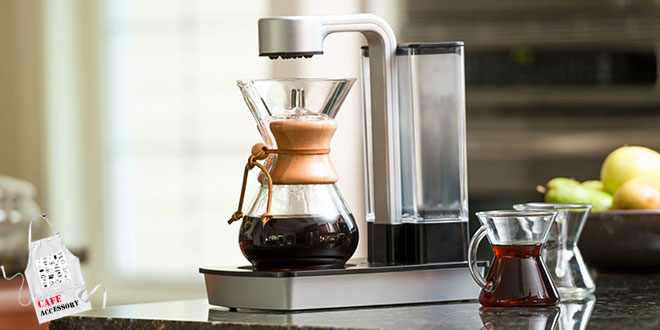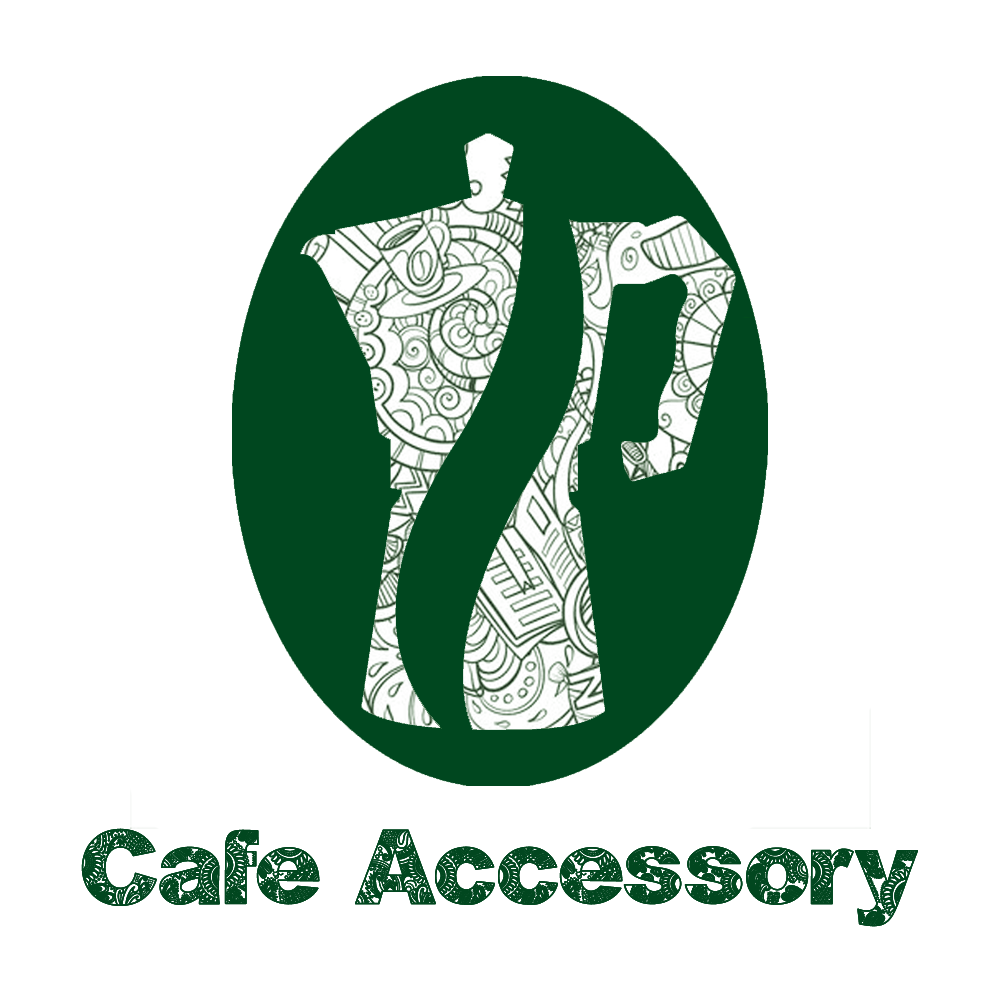کافه اکسسوری – کمکس Chemex که در اوایل دهه ۱۹۴۰ اختراع شد، به یکی از جذابترین زیباییهای دمآوری قهوه تبدیلشده است. یکی از جذابیتهای کمکس استفاده جیمز باند از کمکس برای دم کردن قهوه صبح خود در Russia with Love (1963) است.
طراحی زیبا و شیشهای و چوب آن ممکن است بخش بزرگی از جذابیت آن باشد، اما این فیلترهای منحصربهفرد کاغذی است که بیشترین تأثیر را در فنجانهای تولیدی آن دارد.
بهطور فزایندهای اهمیت این مسئله روشنشده است که فیلترهای کاغذی که برای روشهای مختلف دمآوری استفاده میشوند، تأثیر بسیار زیادی دارند و بهطور قابل ملاحظهای تا حد زیادی تعریف میکنند که کدام روش دمآوری را ترجیح میدهیم.
بهاصطلاح «طعم کاغذ» تصمیم میگیرد که کدام کاغذ کمترین عطروطعم را به فنجان منتقل کند. عطروطعم کاغذ یکچیز است و توانایی کاغذ برای فیلتر کردن عناصر مختلف قهوه چیز دیگری است.
در فیلترهای کمکس کاغذ فیلتر منجر به آنچه میشود که ما به آن یک فنجان «تمیز» میگوییم.
منبع: The Coffee Dictionary, Maxwell Colonna
Chemex
Invented in the early 1940s, the Chemex has become an iconic coffee brewer for both its aesthetic appeal and its brewing ability.
A scattering of pop culture references shows the reach of the Chemex’s appeal, my favourite being James Bond’s use of the Chemex to brew his morning coffee in Ian Fleming’s From Russia with Love (۱۹۵۷).
Its beautiful glass and wood design may be a big part of its appeal, but it is the unique paper filters that have the biggest impact on the cups it produces.
It is increasingly recognized that the paper filters used for different filter methods have a huge impact and arguably largely define which filter method we have a preference for. So-called “paper tastings” occur to decide which paper will impart the least negative flavours to the cup.
The flavour of the paper is one thing and the ability of the paper to filter various elements of the coffee is another. The Chemex papers have a bonded, thicker gauge, leading to what we would call a very “clean” cup, with little sediment and most coffee oils removed. They also routinely do rather well in those paper tastings
کافه اکسسوری را در اینستاگرام نیز دنبال کنید.

